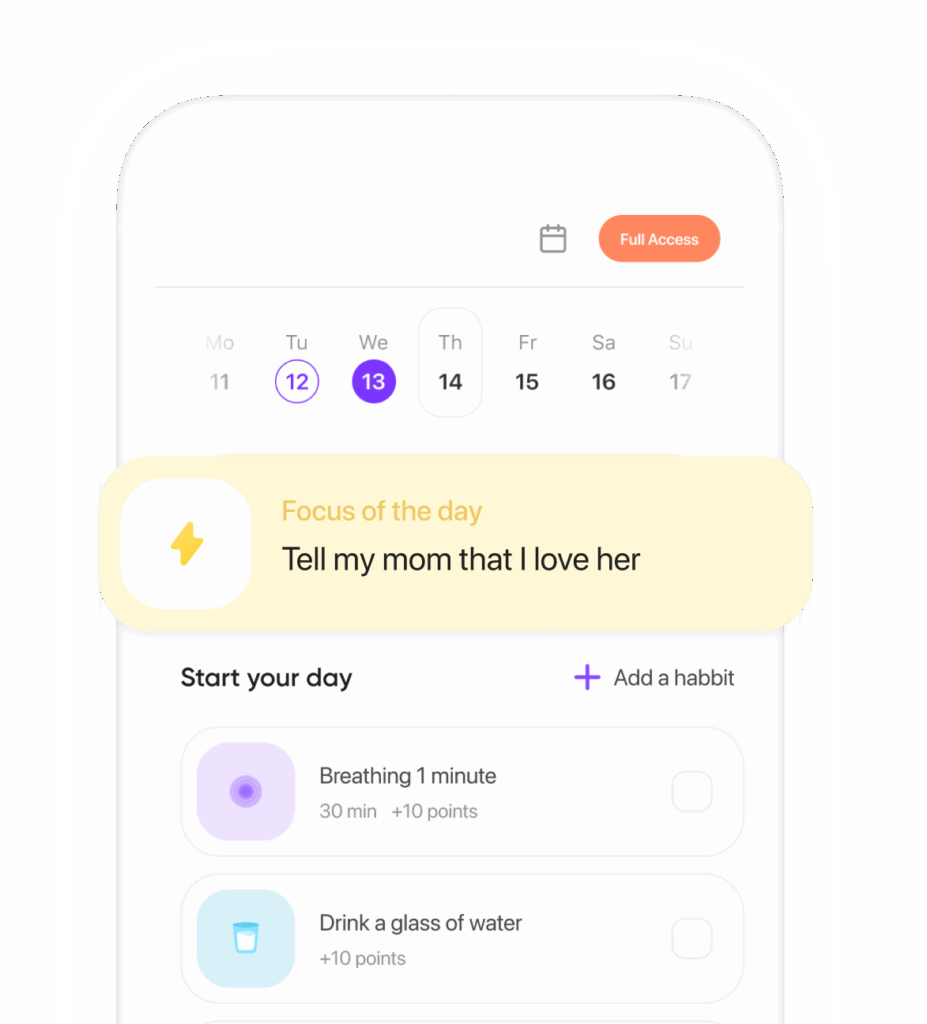Table of Contents
- Understanding ADHD and Motivation
- Mindfulness: The Foundation
- Structured Environment: Your External Brain
- Timed Intervals: The Pomodoro Technique
- Digital Assistance: Apps and Technology
- Exercise: Boost Your Brain
- Nutrition: Fuel Your Focus
- Conclusion
Understanding ADHD and Motivation
ADHD: inattention, hyperactivity, and impulsivity — these are the highlights. They dramatically affect one’s ability to concentrate and find motivation. In a piece you might find in the Journal of Attention Disorders, it was mentioned that starting tasks, keeping attention, and seeing projects through to the end is often a struggle for those with ADHD. Why so? It’s just how their brains are wired.
Mindfulness: The Foundation
Mindfulness is more than just a trendy term; it’s about being fully present. A study featured in the Clinical Psychology Review revealed that mindfulness training made notable strides in enhancing attention regulation and cutting down hyperactive behaviors. Who would’ve thought?
Breathing Techniques
Daily breathing exercises can up your mindfulness game. Heard of the 4-7-8 technique? You inhale through the nose for four seconds, hold for seven, and release through the mouth for eight. It’s both calming and focusing—worth a shot, right?
Structured Environment: Your External Brain
Think of an organized setting as your external brain. For the ADHD mind, an orderly space can work wonders. ADDitude Magazine often touts that to-do lists and planners aren’t just tools; they’re lifelines. They keep tasks front and center, helping with motivation and commitment.
Declutter Your Space
A messy area equals a distracted mind. Five minutes daily to tidy up can make your workspace an ally in productivity.
Timed Intervals: The Pomodoro Technique
The Pomodoro Technique—ever heard of it? It’s a time-management tool where you break work into short, intense sprints, separated by breaks. Perfect for ADHD, isn’t it? Smaller sections of work can keep the overwhelm at bay.
Steps for Implementation:
- Pick a task.
- Set a 25-minute timer.
- Focus till it rings.
- Take a short 5-minute breather.
- After four cycles, enjoy a 15-30 minute break.
Digital Assistance: Apps and Technology
Harness tech to sharpen focus. Ever used apps like Todoist or Evernote? They’re not just task managers—they’re the extra push you need. Meanwhile, Forest makes staying focused a fun game!
Productivity Apps
- Todoist: Prioritize tasks with reminders.
- Forest: Stay on task by growing virtual trees.
Exercise: Boost Your Brain
Exercise, aside from keeping you fit, plays a vital role in motivation and focus. It’s all about dopamine—a chemical often lower in ADHD brains. According to insights from Psychiatry Research, even a dash of exercise boosts mood and brain performance.
Quick Workouts
A quick 10-minute stroll or yoga burst amid daily tasks? Yes, please. It’ll keep your focus sharp.
Nutrition: Fuel Your Focus
What you eat matters when managing ADHD symptoms. Foods loaded with omega-3s, such as salmon and walnuts, are allies for concentration. But there’s more—balanced meals ensure steady energy, preventing motivation drop-offs.
Healthy Eating Tips
- Breakfast: Kickstart with protein and grains.
- Snacks: Nuts and fruit for enduring energy.
Conclusion
Yes, ADHD poses unique hurdles to motivation and focus. But mindful focus hacks? They’re quite the game-changers. Integrating mindfulness, structured surroundings, timed work stretches, digital tools, exercise, and good nutrition can really lift one’s ability to stay motivated and focused. So, why not test out these strategies and see the difference in your ADHD motivation and focus? After all, transformation begins with the first step.
References:
- ADHD Data and Statistics – CDC
- Mindfulness-Based Interventions for ADHD – Clinical Psychology Review
- ADHD Task Management Strategies – ADDitude Magazine
- Exercise Effects on ADHD – Psychiatry Research
Ready to transform your life? Install now ↴
Join 1.5M+ people using AI-powered app for better mental health, habits, and happiness. 90% of users report positive changes in 2 weeks.
